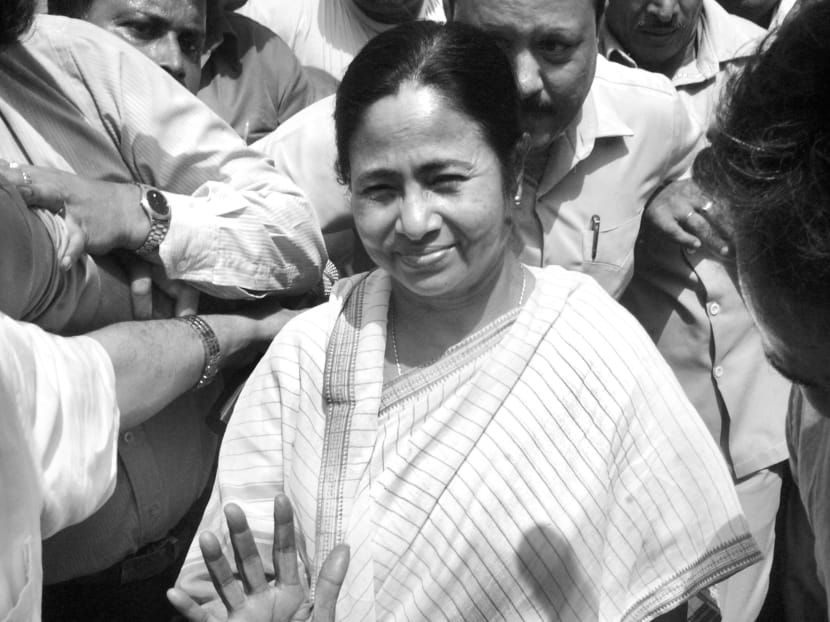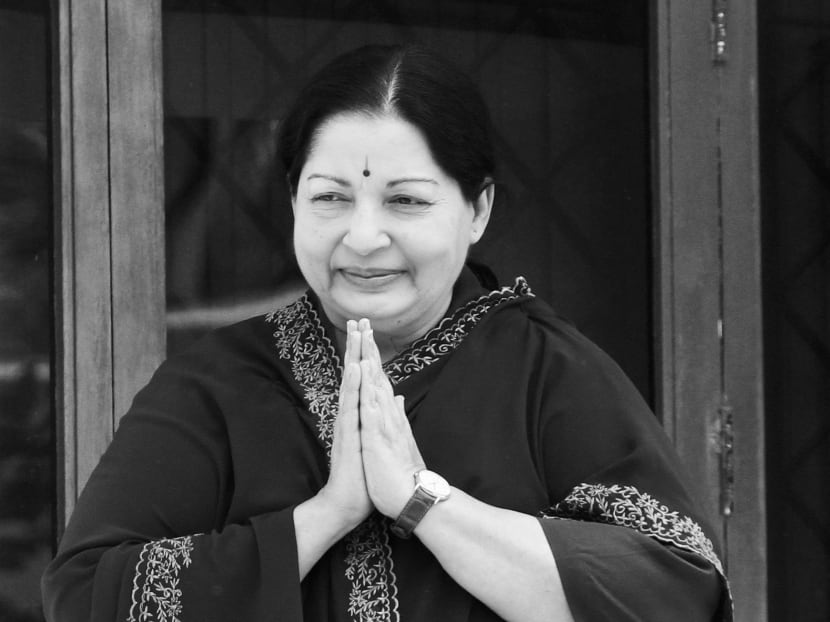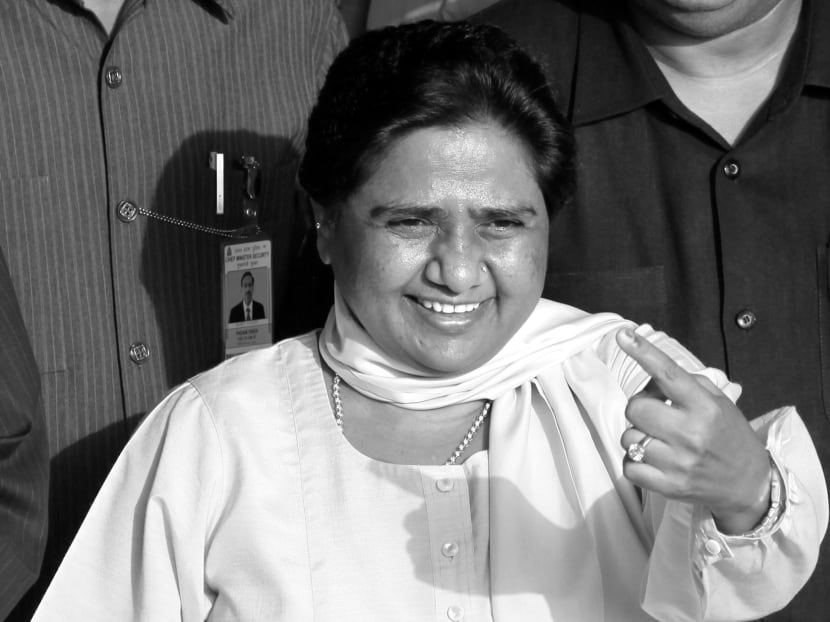The regional calculus in India’s election
All the talk in India is about the rising star of the Bharatiya Janata Party (BJP) and the precipitous decline of the Indian National Congress. However, another narrative of Indian politics is as important: The presence of strong regional parties that will win a considerable number of seats and are likely to play a crucial role in government formation at the national level.



All the talk in India is about the rising star of the Bharatiya Janata Party (BJP) and the precipitous decline of the Indian National Congress. However, another narrative of Indian politics is as important: The presence of strong regional parties that will win a considerable number of seats and are likely to play a crucial role in government formation at the national level.
Over the past two decades, several such parties have come into existence and have done well enough to form the government in their states. There are some that go back much longer and others that are barely a year old, adding to the dizzying number of acronyms that characterise Indian politics.
THREE WOMEN-LED PARTIES TO WATCH
There are at least two regional parties that are likely to win more than 20 seats in the 543-seat Lower House, making them major players in the post-election period.
The first is West Bengal’s Trinamool Congress, which won 19 seats in 2009 and is likely to increase its tally to about 30 seats. In 2011, the party won a historic victory in the assembly election when it ousted the Left Front, a grouping of Communist parties that had governed West Bengal for an astonishing 34 years. Since then, the Trinamool, led by the mercurial Chief Minister of West Bengal, Ms Mamata Banerjee, has consolidated its strength, while the Left Front, once a mighty force in West Bengal, has been in decline.
The other regional party that is expected to do well is Anna Dravida Munnetra Kazhagam (ADMK), led by another formidable woman, the Tamil Nadu Chief Minister Jayalalithaa Jayaram. Tamil Nadu is characterised by cyclical politics, with either one of the Dravidian parties — the DMK or the ADMK — doing well in elections. In 2009, the DMK won 18 seats and the ADMK nine. Since then, the tables have turned, with the ADMK handily winning the state elections in 2011. This trend is likely to continue in the coming general election, with the ADMK likely to win 20 seats or more.
However, the Bahujan Samaj Party (BSP), led also by a woman, Ms Kumari Mayawati, might see its fortunes decline from the last election. The BSP primarily banks on votes from the lower caste and is strong in India’s biggest state, Uttar Pradesh. Though it won 20 seats in the 2009 election, it subsequently lost heavily in the state elections of 2012.
Ironically, the party that did very well in the 2012 state elections and that currently runs the government in Uttar Pradesh, the Samajwadi Party (SP), is not in good shape either. A poor track record on law and order and its inability to tackle communal riots are likely to result in a poor showing by the SP, which had won 23 seats in the last national elections. Its votes will likely go to the BJP.
The other major regional party that could suffer a reverse in the general election is the Janata Dal (United) in Bihar. The party’s prospects have suffered after its leader and Bihar chief minister Nitish Kumar pulled out of a coalition with the BJP when the latter announced Mr Narendra Modi as its prime ministerial candidate.
The Left Front parties, which are confined to Kerala, West Bengal and the tiny state of Tripura, are also in their worst shape in a long time.
There are a clutch of other regional parties that could perform as well as they did in the 2009 election. These include the Biju Janata Dal (BJD) in Orissa and the Akali Dal in Punjab, both of which govern their respective states. The newly-formed YSR Congress and the Telangana Rashtra Samithi are both expected to do well in the southern state of Andhra Pradesh, which is set for bifurcation. There are several other parties that are likely to win a handful of seats.
BJP TO NEED MORE PARTNERS?
For the past two decades, coalition governments have been the norm in India. The situation is unlikely to change. The regional parties will come into play if the BJP-led National Democratic Alliance (NDA) falls short of the majority in Parliament, as many opinion polls have been expecting it to.
The Shiv Sena, based in Maharashtra, and the Akali Dal had remained with the NDA during lean times. With the wind blowing in the BJP’s favour, it has now picked up fair-weather friends such as the Telugu Desam Party in Andhra Pradesh. In Tamil Nadu, too, the BJP is part of a multiparty alliance. Besides the two southern states, it has tied up with smaller parties in states such as Bihar, Haryana and Maharashtra.
Unsurprisingly, the Congress has been unable to attract many significant allies, since few are willing to bet on what is seen as a losing horse.
Despite these pre-poll alliances and a recent opinion poll predicting that the existing NDA might cross the majority mark, it is very likely that the BJP will need more partners to form a stable government. Mr Modi’s divisive personality and unpopularity among minorities will make this task difficult.
The SP and the Left Front parties are, ideologically, the most antithetical to the BJP. However, there are a host of major parties that have, at some time or other, allied with the BJP, such as the ADMK, Trinamool Congress and the BJD. Among these, the ADMK is the most likely potential ally, and the Trinamool the least likely because of the party’s Muslim support base. Of the newer parties, the YSR Congress is a potential ally, since it might go with whoever is in power in Delhi.
Which of these permutations play out will depend on the showing of the respective parties on May 16 when the election results are released.
ABOUT THE AUTHOR:
Ronojoy Sen is Senior Research Fellow at the Institute of South Asian Studies and the Asia Research Institute, National University of Singapore.






